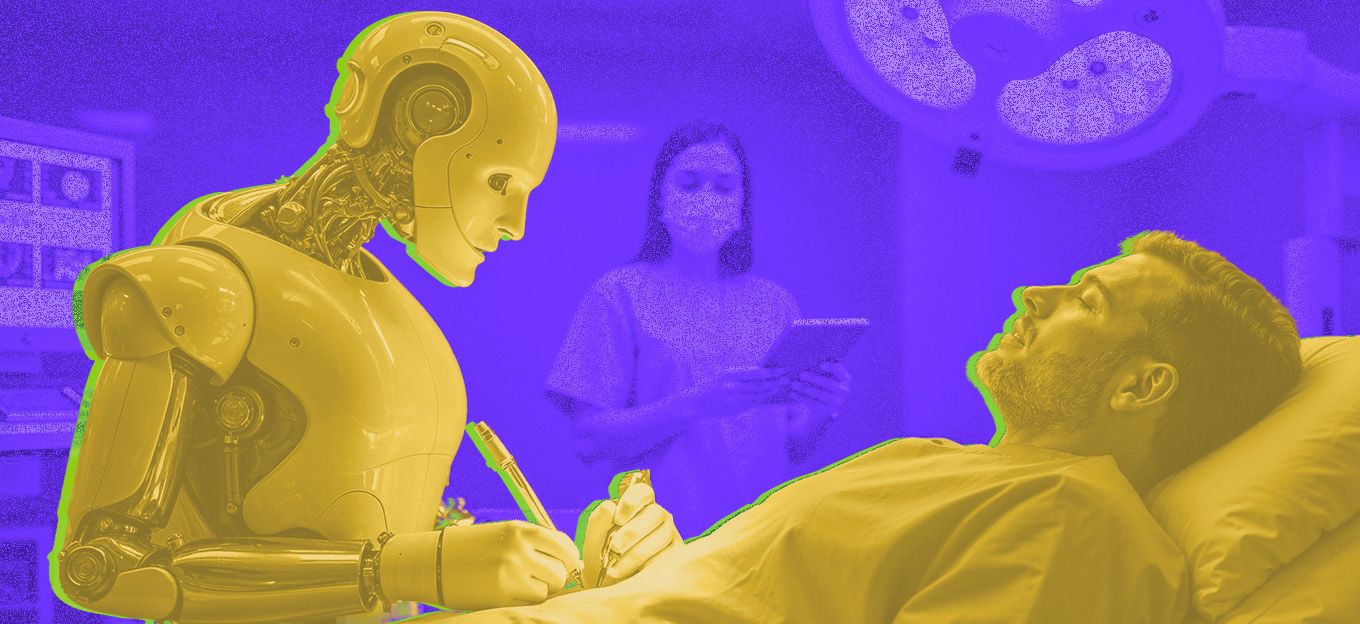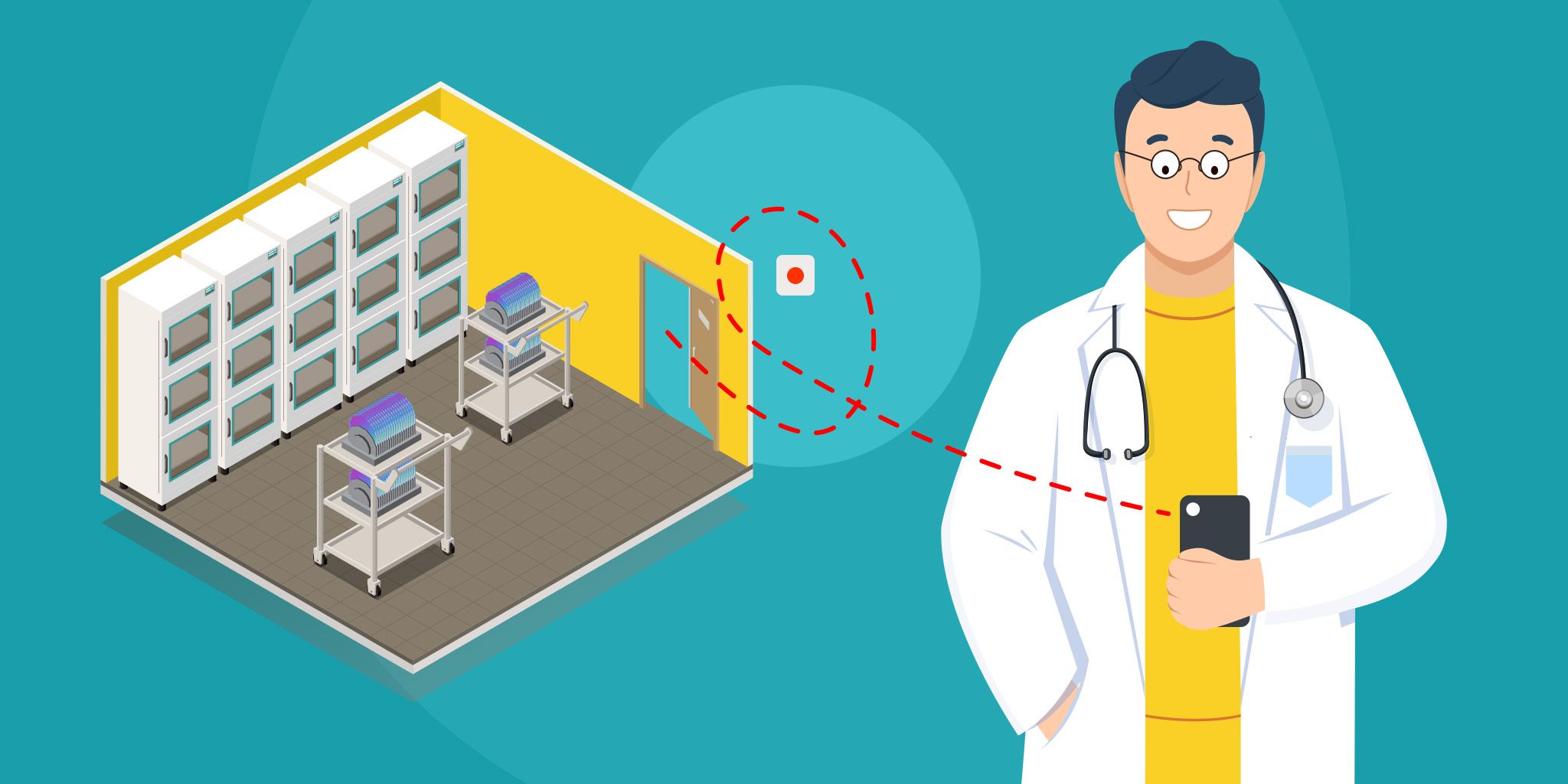How to Manage IoT in the Operating Room
How to Manage IoT in the Operating Room
- Last Updated: October 8, 2025
Zac Amos
- Last Updated: October 8, 2025



The Internet of Things (IoT) is reshaping the operating room by connecting surgical equipment, monitoring devices, and hospital information systems. Smart tools allow for precise decision-making, improved teamwork, and enhanced safety during procedures.
However, the benefits also come with responsibilities, ensuring secure, reliable, and well-maintained use of these devices. Here’s how IoT is applied in surgeries and some strategies for smooth management.
1: Strengthen Equipment Maintenance with IoT Tracking
IoT sensors can monitor how often surgical instruments are used and predict when they need servicing. By alerting teams before failures occur, predictive maintenance reduces disruptions and extends the life of expensive equipment.
Automated logs also simplify compliance reporting. Hospital executives can strengthen this process by assigning biomedical engineers to review alerts and coordinate repairs, preventing costly interruptions during high-demand surgery periods.
2: Support Precision with Smart Surgical Tools
IoT-powered surgical robots, connected endoscopes, and image-guided systems provide real-time imaging and fine control during delicate procedures. They also allow remote specialists to consult or even assist during these surgeries.
To keep workflows stable, leaders should establish clear protocols for troubleshooting connectivity issues and ensure backup tools are always available in case of device downtime. This preparation keeps surgeries moving even when advanced devices encounter technical hiccups.
3: Safeguard Data Through Network Segmentation
Operating room devices handle vast amounts of sensitive patient data, making security a top priority. Network segmentation — placing IoT devices on separate, secured networks — helps limit exposure and reduces the chance of disruptions to other hospital systems.
Encrypting data during transmission further ensures privacy. Leaders are vital here for setting clear policies for how data flows between IoT devices, electronic health records (EHRs), and external systems while also authorizing regular audits to verify protections.
4: Enhance Patient Monitoring with Connected Devices
IoT devices can track vital signs, oxygen levels, and anesthesia depth in real time. Biometric sensors built into these devices make this possible by continuously measuring parameters like fingerprints and heart rate. These systems feed data into unified dashboards to give surgeons and anesthesiologists immediate insight into patient status. Smart anesthesia machines can even adjust oxygen levels automatically.
To ensure smooth use, hospital leaders should invest in staff training focused on interpreting connected data streams and responding quickly to alerts. Regular refresher sessions help maintain confidence in the technology and minimize errors during procedures.
5: Apply Recognized Cybersecurity Frameworks
Structured frameworks add discipline to IoT management. The National Institute of Standards and Technology Cybersecurity Framework and the International Electrotechnical Commission 62443 series both guide identifying risks, protecting assets, and responding to threats.
Hospital leaders can improve resilience by encouraging cross-departmental drills that simulate IoT-related incidents. Quick, coordinated responses ensure patient safety is preserved even when devices are targeted.
6: Integrate Real-Time Data for Better Surgical Flow
Hospitals often struggle to manage data from multiple systems, such as EHRs, lab results, imaging, and operating room-specific data like procedure duration and equipment requirements. When this information is fragmented, analytics tools operate with delays, limiting their usefulness during surgery. IoT devices amplify the challenge because they generate data continuously.
Real-time integration platforms — sometimes called systems of engagement — can close this gap by combining EHR data, sensor readings, and workflow information into one view. For hospital leaders, adopting these platforms means perioperative teams can adjust schedules, anticipate needs, and manage surgical capacity more effectively.
7: Secure Data Storage and Transmission
Digital operating rooms generate large volumes of information, including patient records, video recordings, and instrument readings. Effective architectures rely on high-speed networks, scalable storage, and device adapters that ensure compatibility.
Secure cloud options can also provide backup and remote consultation when managed correctly. Leaders should budget for storage solutions that balance speed with compliance and confirm that all vendors meet health care privacy standards before signing contracts.
8: Promote Shared Cybersecurity Responsibility
IoT security cannot rest solely with IT departments. Clinicians, nurses, anesthetists, and administrators all play a role in keeping devices safe and reliable.
Hospitals that cultivate a culture of shared responsibility can start reducing risks of misuse or accidental errors. Leaders can reinforce this culture by forming cross-functional committees to review IoT practices and making cybersecurity a visible priority in staff meetings and training sessions.
9: Anticipate IoT-Specific Threats
The Internet of Medical Things introduces unique risks, including potential attacks on life-critical devices. There is a need to address vulnerabilities across device layers and to apply mitigations tailored to medical settings.
Hospital leaders can stay ahead by requiring vendors to demonstrate tamper resistance and secure update processes. Commissioning regular penetration tests further strengthens defenses and identifies weak points before they impact patient care.
Bringing IoT and Surgery Together Safely
IoT is unlocking new capabilities in the operating room, from connected anesthesia systems to predictive maintenance and surgical robotics. For hospital leaders, success requires more than deploying technology.
It calls for clear policies, strong cybersecurity practices, real-time data integration, and a culture of shared responsibility. With these elements in place, hospitals can ensure IoT enhances surgical care while protecting patients and maintaining smooth operations.
The Most Comprehensive IoT Newsletter for Enterprises
Showcasing the highest-quality content, resources, news, and insights from the world of the Internet of Things. Subscribe to remain informed and up-to-date.
New Podcast Episode

What is Hybrid Connectivity for IoT?
Related Articles




